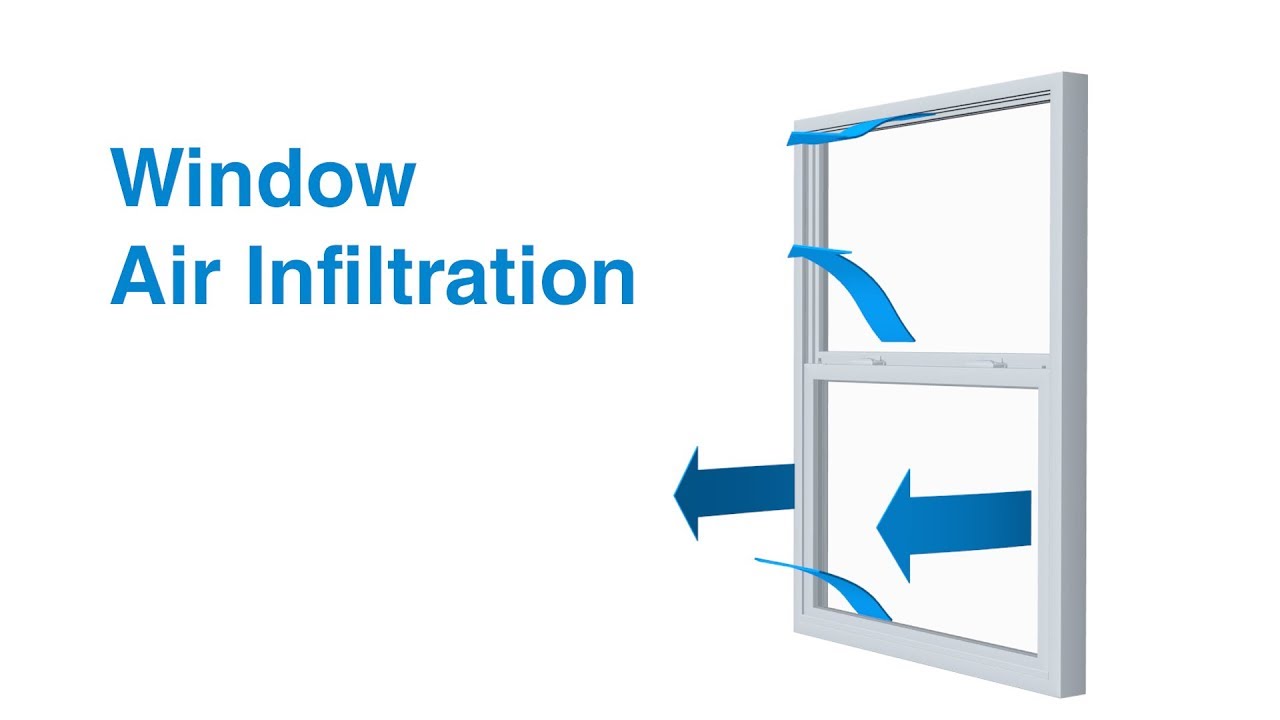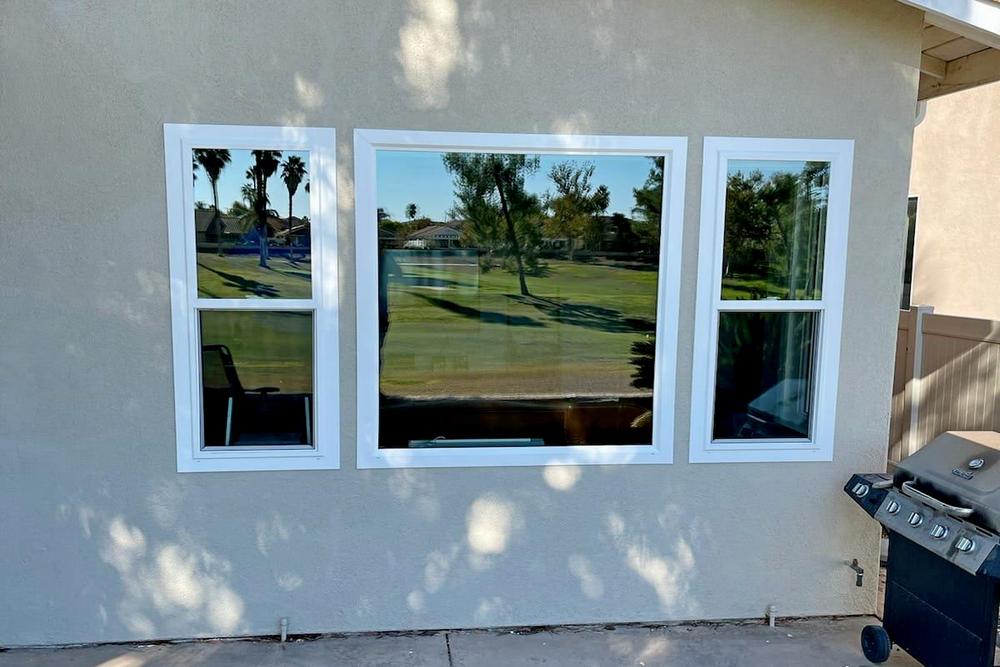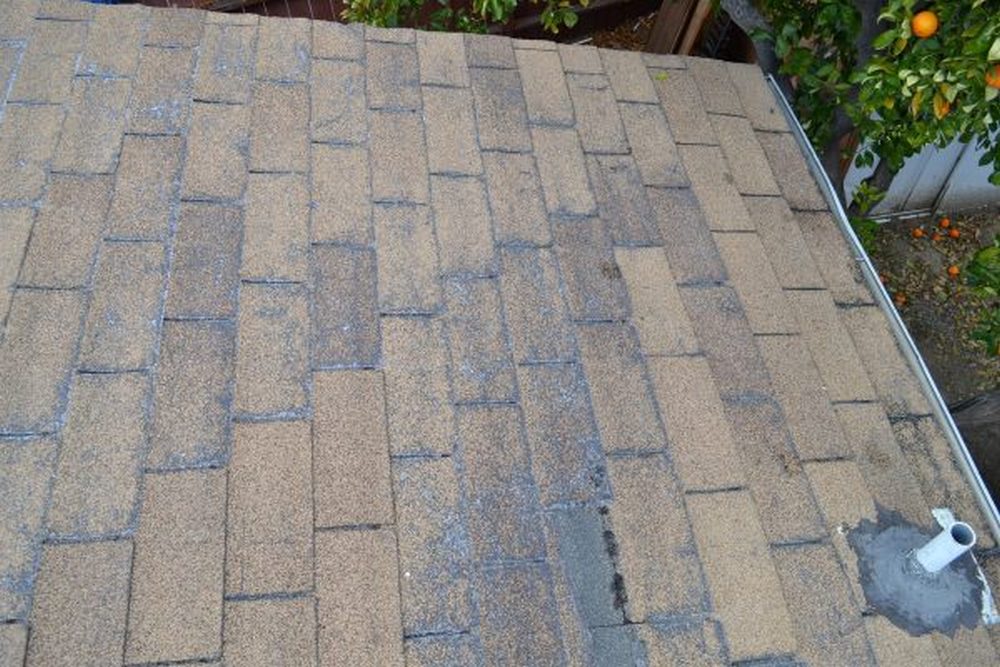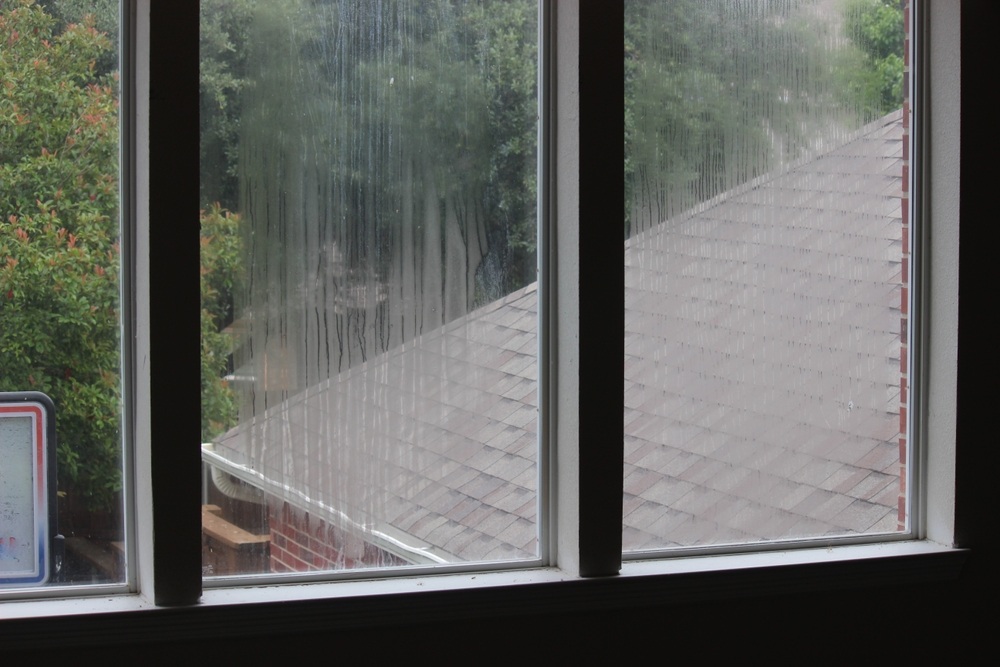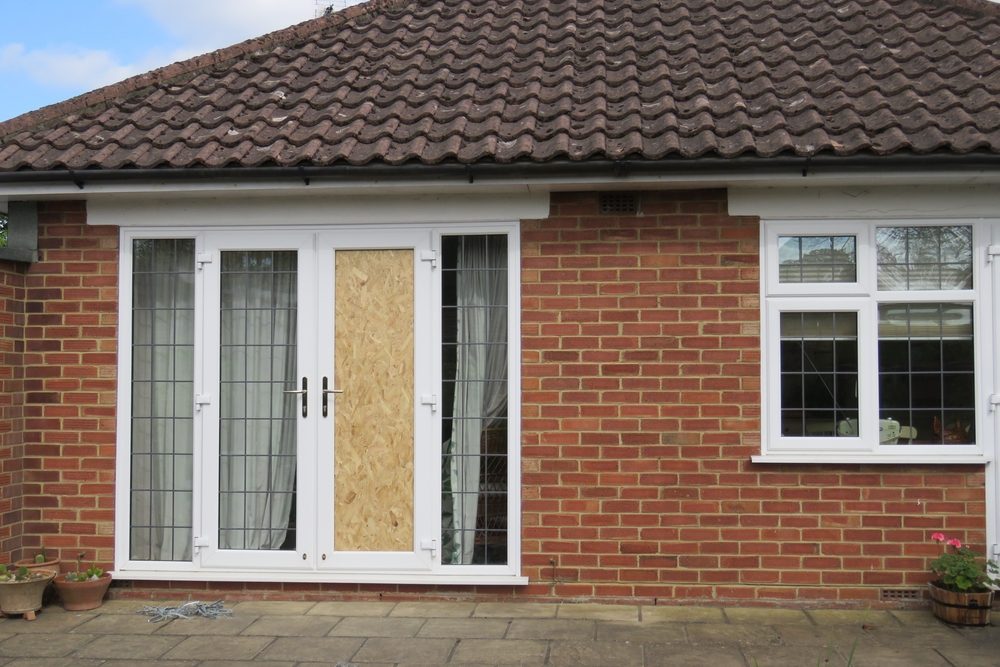What Is Air Infiltration?
When it comes to buying windows, many customers like to evaluate the energy ratings because it is such an important factor. After all the main reason most people replace their windows is because they are experiencing some type of problems with their current windows. Usually the biggest problems are air leakage or seal failure. Unfortunately, people only consider a couple of the most common features of a window like u-factor or solar heat gain coefficient. These ratings measure a window’s ability to insulate and regulate heat loss which is the science behind a window’s energy efficiency. People naturally assume that their new windows won’t be letting in any air at all and never consider the air leakage window rating. In reality air leakage is one of the most important factors to consider.
What is Air Leakage?
I’m sure you are thinking, “Wait, aren’t my new windows supposed to get rid of my air leakage completely?” Yes, they are and they will if you choose the right window replacement company.
However, as the old adage goes, nothing is perfect – including your windows. This doesn’t mean that new windows will be letting in copious amounts of air into your home. Air can sneak through anything, and windows have many parts so it’s easy to understand why they don’t create a vacuum in your home.
Air leakage, also known as AIR INFILTRATION, is the measurement of air that passes through the window assembly itself. This number is determined before installation and in order to retain that number you must have your windows professionally installed to avoid drafts. Air leakage is measured on a scale of 0.1-0.3 with 0.1 being the least amount of air that passes through the window. The National Fenestration Ratings Council (NFRC) is also responsible for this rating as it is with others like u-factor and visible transmittance.
How Is The Air Leakage Rating Calculated?
Air infiltration is calculated by how many cubic feet of air can pass through a window in a minute’s time. That number is often divided by the total area of the window.
This is where the rating can get a little tricky. Since the leakage is calculated in terms of the overall size of the window, sometimes that number can be misinterpreted.
For example, some company might compare their window to another one of a different size that has a higher air leakage rating. However, the window they’re comparing to might be of a different size and therefore have a different rating.
When you’re in the market for replacement windows, keep an eye out for things like this so you know exactly what you’re getting.
Another thing to keep in mind is that the air leakage rating is based on a constant wind speed of 25mph. If you are in Southern California you know about Santa Ana Wind!
Why Is Air Infiltration An Important Rating?
Obviously, the amount of air that passes through a window is an important rating. However, you shouldn’t put all your eggs in one basket. In fact, air leakage ratings below 0.1 aren’t even recognized by the NFRC.
The reason for this is because when the numbers are that low, there’s basically no difference between one window and another. The NFRC feels that the difference is so insignificant that you won’t be able to tell them apart.
Also, air leakage isn’t a required window rating. (should be required) Some companies completely leave it out of the discussion. That’s a sign to look out for if the company won’t even display their window’s air infiltration rating.
It’s safe measure to know as much as possible about the windows before making such an important investment on your home.
As long as the number is below 0.3, then that is deemed an energy efficient window by the NFRC and Energy Star. Really energy efficient windows will be in the 0.1 range.
Air leakage is a tricky window rating that has many ways of being misinterpreted. You shouldn’t overlook it though because every aspect of your windows count especially when you’re trying to save money – which is probably a big reason why you’re replacing your windows in the first place.
What Windows Have The Best Air Leakage Rating?
Now that you know what to look for and how air infiltration in windows is measured, what types of windows usually have the best ratings?
One thing is for certain, you can rule out wood, fiberglass and composite windows. These windows almost always have a higher air leakage rating than vinyl windows.
Vinyl windows with double panes are excellent at keeping air out of your home. Their insulation properties are far better than wood, fiberglass and composite.
When you’re shopping around for replacement windows, make sure you pay attention to all window energy ratings. If a company is really trying to sell you on a single rating such as air leakage or u-factor, then they’re probably lacking in other categories.
When you choose California Showcase Construction you know that you’re getting the best replacement windows in Southern California.
Plus, your windows from California Showcase Construction will be installed by factory trained professionals with many years of experience to ensure a secure and proper fit to minimize air leakage.
At California Showcase Construction we use Anlin windows they have one of the best overall NFRC ratings in the business. Anlin NFRC Ratings
Start your window replacement project with a free quote and join the over 40,000 satisfied homeowners enjoying energy efficient, maintenance free custom windows. At California Showcase
